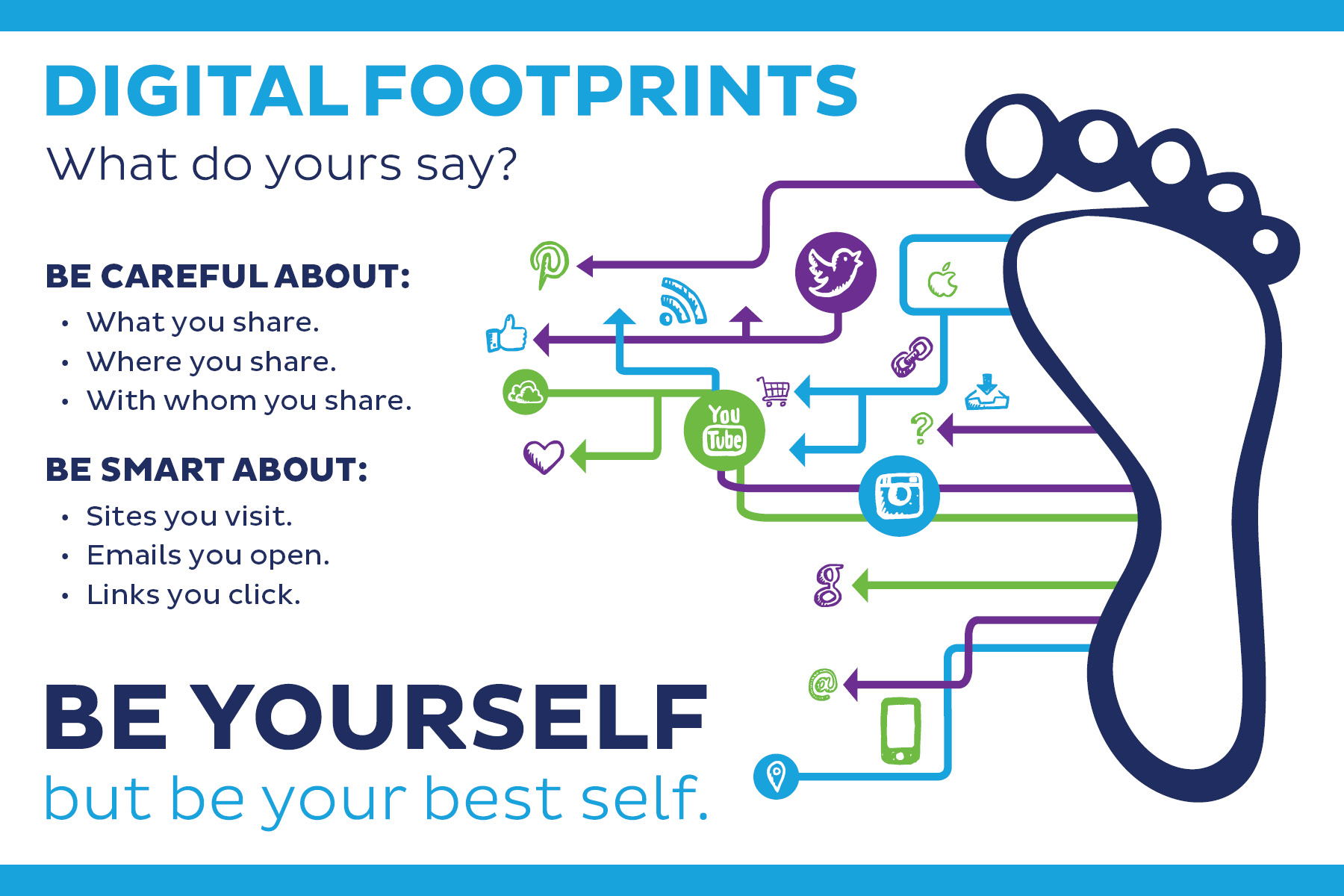- Late-2012 and later 21.5-inch iMac
- Late-2012 and later 27-inch iMac
- Late-2013 and later 27-inch iMac with 5K Retina display
- Late-2012 and later Mac mini
- Mid-2012 Mac Pro
- Late-2013 Mac Pro
- Mid-2012 and later 11-inch MacBook Air
- Mid-2012 and later 13-inch MacBook Air
- Mid-2012 13-inch MacBook Pro
- Late-2012 and later 13-inch MacBook Pro with Retina display
- Mid-2012 15-inch MacBook Pro
- Mid-2012 and later 15-inch MacBook Pro with Retina display
- Early-2015 12-inch MacBook.
- Recently released 4/5K iMac’s
Sure, there are going to be workarounds including removing the installer check but this is when I began looking at the cost/benefits of having to perform these workarounds with what is a 5.5 year old system. A Sapphire HD Radeon 7950 Mac Edition costs a ridiculous $550 while a flashed version of is a more reasonable $270.
I’ve also written recently that I knew there would be a point where none of Apple’s desktop hardware offerings would fit my needs (this is a gradual shift from what I originally felt back in 2011). The newest Mac mini’s are pretty much sealed boxes now since even the RAM is soldered in (and you are limited to the built-in Intel graphics). I’ve also sworn off all-in-one systems like the iMac because you are stuck with a nice display when the internals go obsolete (just getting to the internal drive is a PITA). The current Retina iMac’s cannot also be used as secondary monitors via Target Display Mode (bandwidth limitations and this won’t change until at least DisplayPort 1.3 which is supposed to be part of Intel’s Skylake platform). Then there is the 2013 Mac Pro.
My issue with the newer Mac Pro is the need to invest in an expensive Thunderbolt external drive chassis. My current Mac Pro has the following: 3 4TB drives (one of these is located in the open optical drive bay), 1 3TB drive, 1 2.5TB drive, and a PCIe 128GB SSD for my boot drive. That’s a significant amount of internal storage without having a mess of external cases, cables, and power supplies. A decent Thunderbolt chassis with at least 4 bays is going to cost several hundred dollars on top of the cost of the system (an 8 bay version is even more).
The main killer though is that the system uses a non-standard graphic card design. It’s not like I even upgraded the one in my current Mac Pro. But at least the option is there. These newer systems have been out for almost 2 years now and it isn’t surprising there aren’t any 3rd party upgrades (and if there were, they’d be ridiculously expensive). The promise of Thunderbolt also hasn’t exactly taken off either due to it being so tied to the hardware where each subsequent revision (which has resulted in more bandwidth) requires an actual logic board update. DisplayPort itself has also been its own moving target with much of the 4/5K/Ultra High Definition support coming in at least DP1.3 (thus requiring upgrading to the latest Intel chipset platform with Skylake).
The “cheese-grater” Mac Pro’s (2006-2012) never got Thunderbolt; looking at it now, it really isn’t a huge minus. Which is ironic because even I thought that this was going to be the way of the future with modular interconnects (where I felt that there would be at least one system in their line up that would actually meet my needs), it turns that Apple’s design choices have gradually pushed my line of thinking into the exact opposite direction. My prognostications in that entry were wrong given how Thunderbolt started off with bandwidth limitations in that initial iteration, limiting its initial uptake and potential. And I was also wrong about the possible removal of the Mac Pro (it’s form factor did change to not include any internal storage expansion though).
This is when I realized that my current Mac Pro has more than enough life left in it for non-heavy graphics related tasks. That I can stick with Mavericks for as long as I need to (similar to how I stayed with Snow Leopard aka 10.6.8 until 2013 when some software mandated that I needed to upgrade to 10.9). Because I am not tied to iCloud, I’m not missing out any (since Yosemite and higher is needed to use iCloud Drive as well as iCloud Photo Library). And by just embracing Windows for stuff like games (which again, I am not heavily into except for a few titles) and those graphic intensive software (which may eventually require having the latest version of OS X and/or completely new hardware if it requires Metal), I no longer have to put up with the “hoop jumping”. Dual booting is an option but I consider that a “hoop jumping” measure since it takes me completely out of the OS X environment. Virtualization while also an option, doesn’t work well for graphics intensive tasks.
So that is when I began pricing out a simple turnkey gaming system (something that would also serve well for more graphics intensive tasks). I don’t play a huge number of games so my requirements were on the modest side. I decided against building one myself as I just wanted something already made. And that is when I began looking at some of the Steam machine/console PC type of systems.
What I ended up getting was an Asus G20AJ (4-core 3.2GHz Intel Core i5-4460, 8GB RAM, 1TB drive, NVIDIA GeForce 750 GTX) for $650; slightly larger than the console style PC boxes since it has an actual full sized GPU. It’s nothing really fancy since it’s basically mostly a laptop logic board stuffed into a small desktop case. There’s room inside for 1 more 2.5″ SATA drive and a free SO-DIMM memory slot (though the warranty is voided if you open the system up).
And as I posted most recently, Windows 10 is the first Microsoft operating system that I can live with (granted that I turn off all the privacy related stuff). The jury is still out on how successful their universal application approach is going to be with developers. The fact that I’m actually going back to a dual platform approach 20 years later is actually surprising for myself.
This also created an important question as a long term Apple shareholder. Is this something that could impact Apple in the future if others also have similar inclinations? Honestly speaking, cases like myself are going to be very rare since people like me fall into a very specialized niche. Most of Apple’s computer offerings meets the needs of the larger majority out there. Gamers and those who have never had any intentions of migrating to an Apple desktop/laptop have kept the status quo on the Windows side. Those who do end up switching usually end up becoming sticky/a captive audience to the Apple ecosystem
Furthermore, the majority of Apple’s revenues now comes from mobile (iPhone) so the lack of Mac hardware upgrades by those like myself is immaterial. This is actually more of a win for Microsoft because they have the potential to gain a customer on the mobile side (if the universal application approach gains significant traction).




2 Comments